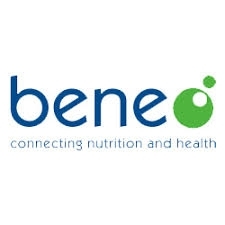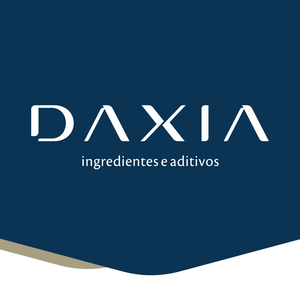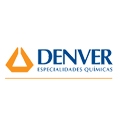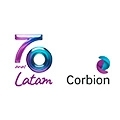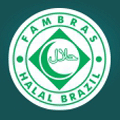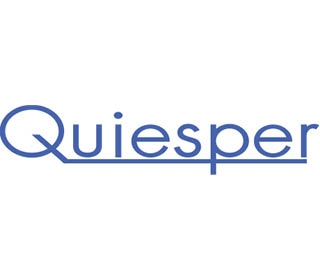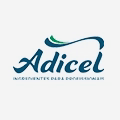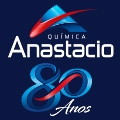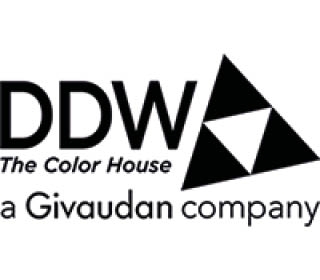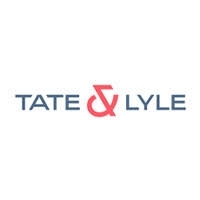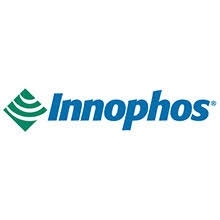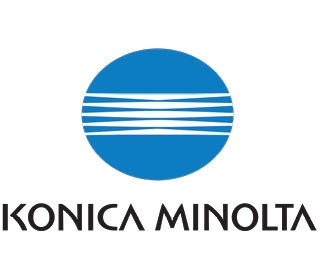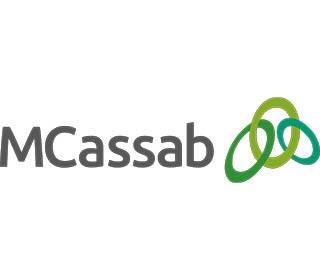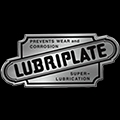Arla results benefit from Ingredients performance, higher dairy prices leads to sales spike
Despite another year in the volatile global dairy market characterized by significant shifts in market prices, Arla Foods showed a strong performance as higher milk prices lifted sales and led to a hike in payments to the cooperative’s farmer-owners
The Denmark-based dairy products giant delivered a 27.4 percent increase in the pre-paid milk price to its owners last year and a net profit of 2.8 percent of revenue within its target range.
Reporting its 2017 annual results, the Group said that revenue increased by 8.1 percent to €10.3 billion driven by higher sales prices, increased the branded share of sales, and a better geographical and product mix.
Arla brand revenue grew by 10.1 percent; there was a 13.2 percent increase in revenue from international markets and 19.6 percent revenue growth in Arla Foods Ingredients.
“In 2017, we delivered a strong performance built on the good balance of brands, categories, and geographies that we have in our business to drive growth,” said Arla Foods’ CEO Peder Tuborgh.
“Most importantly, this enabled us to pay out significantly higher milk prices to our farmer-owners and utilize our balance sheet to enable the substantial capital investments we are making in 2018.”
The firm, which is owned by 11,200 farmers in Denmark, Sweden, Germany, Britain, Luxembourg, the Netherlands and Belgium, is focused on a strategy to meet the increasing demand from global consumers for dairy products as part of a healthier and more natural lifestyle.
The Arla brand, which is at the forefront of this commitment, registered strong gains in many markets, propelled by organic launches in the Middle East, cream cheese launches in the US, and high demand for Arla’s innovative skyr and protein products in Europe.
Earlier this month Arla Foods said it would acquire Yeo Valley Dairies Limited, a subsidiary of the Yeo Valley Group Limited. The transaction will give the farmer-owned dairy cooperative the rights to use the Yeo Valley brand in milk, butter, spreads and cheese under an intellectual property license with Yeo Valley. Completion of the transaction will take place following merger approval by the UK Competition and Markets Authority.
Branded growth to counter market volatility
Branded growth remains crucial for Arla Foods because it helps offset market and raw material price volatility, having a greater impact on non-branded products. In 2017, Arla Foods grew its share of the branded business to 44.6 percent – near the long-term ambition in Good Growth Strategy 2020 of 45 percent.
Strong gains in many markets with Arla skyr as an example of this trend, performing particularly impressively in the German market showing revenue growth of 94 percent, and Arla protein drinks, launched into six new markets in 2017 and now available in 14 markets worldwide.
Internationally, cream cheese launches propelled growth in the US, while Arla branded organic milk was launched in the Middle East. Arla Foods’ strategic brands all performed well in 2017, mainly driven by increased sales prices and a strategic branded volume-driven revenue growth of 3.0 percent:
- Arla grew 10.1 percent in sales, of which 3.4 percent was driven by higher volumes.
- Lurpak grew 8.3 percent in sales, despite negative volume growth of -2.7 percent.
- Castello grew 3.1 percent in sales, of which 2.7 percent was driven by higher volumes.
- Puck grew 6.8 percent in sales, of which 4.4 percent was driven by higher volumes.
Strong revenue growth was mainly driven by higher sales prices. “This is the single biggest organic revenue increase inside one year in company history when you don’t count mergers,” said Arla Foods’ CFO Natalie Knight.
“It was driven by our continued drive into international markets as well as our focus on growing and developing our strategic brands in all markets.”
The International commercial segment, which comprises 16 percent of Arla Foods total revenue, showed a strong performance throughout 2017. International sales to retail and foodservice customers delivered a 13.2 percent increase in revenue to reach an all-time high, achieving €1,616 million.
Increasing global demand for dairy products is enabling growth and Arla Foods’ international priorities include a growing demand for dairy in Sub-Saharan Africa, where disposable incomes are increasing and more nutritious foods are sought, as well as a new appetite for organic products in the Middle East, where provenance, traceability, and food quality are paramount.
There was also the growth of the foodservice sector in China, where trust in Arla Foods’ European farmers and supply chain practices is driving confidence. Chinese consumers are rapidly changing their eating habits, demanding more on-the-go dairy, says Arla.
As Arla Foods’ largest commercial market, Europe showed solid performance in 2017 with total revenue increasing by 3.9 percent to €6,568 million. This reflects the longer-term rebound in demand for natural, whole fat dairy products such as butter and cheeses as well as the trend towards convenient high-protein products.
Arla Foods continues to deliver a strong financial position, reporting leverage of 2.6 safely below its target range of 2.8 -3.4, and a solvency ratio of 36 percent.
Innovation and investment enhance product mix
For Arla Foods Ingredients, a 100 percent owned subsidiary of Arla Group, 2017 was another strong year, showing significant top and bottom line growth driven by innovation in its specialty protein range.
As a global leader in whey-based ingredients, Arla Foods Ingredients supports a wide range of categories from the bakery, beverages, dairy, and ice cream to clinical, infant and sports nutrition.
Sold in more than 90 countries, revenue grew 19.6 percent to €651 million driven by the sale of higher volumes in Arla Infant Milk Formula Business to Business as well as strong price and volume growth in the value-added protein segment.
Expectations for 2018
Arla Foods’ Good Growth 2020 Strategy remains key for strengthening brands and business in 2018, says the company, with a recently announced €527 million investment plan driving branded and international growth, as well as increasing investments in innovative technology and new, expanded, and improved production capacity to enable this.
Strategic growth markets such as the Middle East and North Africa, China, South-East Asia, Sub-Saharan Africa, and the US remain in focus for 2018.
Revenue in 2018 is expected to be at a similar level of between €10-10.5 billion as a result of higher milk volumes and an improving product mix, which are likely to be largely offset by expected negative currency developments.
Arla Foods will continue to target a net profit share for 2018 in the range of 2.8 to 3.2 percent of revenue, but expects seasonality to have a high impact on the 2018 half-year results, which are expected to be below the annual target range.
“We welcome an even more consumer-driven dairy market, where inclusiveness with the whole value chain and holistic responsibility will be more important than ever. As a farmer-owned dairy company we must meet these demands by being transparent and using the tools we have in our quality assurance program Arlagården, to bring consumers and customers closer to Arla,” adds Tuborgh.






